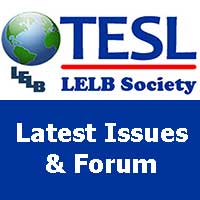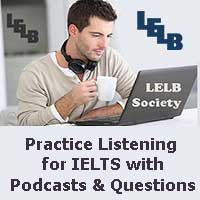Competition Model
Competition Model is based on inductive approach to learning (empiricism).
MacWhinney (2007) outlined a development of the Competition Model, which he called the Unified Model because it sought to provide an account of both L1 and L2 learning. According to this model, forms are stored in associative maps for syllables, lexical items, constructions, and mental models. For example, in lexical maps, words are viewed as associations between forms and functions. Construction maps consist of patterns that show how a predicate (verb, adjective, preposition) can combine with its arguments. The idea of self-organising associative maps is derived from computer modeling of language learning. These show learning involving three phases (Ellis, 2008)((Ellis, R. (2008). The study of second language acquisition. Oxford: Oxford University Press.)):
- All units in the model are activated by the input with each unit computing its current activation.
- Units compete with the best matching unit emerging as the winner.
- The weights of the responding unit are adjusted to increase the precision of future activation.
Within these associative maps, learning is self-organised, modulated by a number of processes: buffering, chunking, and resonance. Buffering serves as a mechanism for preserving competing information in short-term storage to enable selection of the final form/interpretation. Chunking (the process of storing formulaic sequences) provides a database from which grammar can emerge through analogic processing. Resonance is the process by which robust connections within neural structure of the brain are formed. It is achieved through careful timing of practice to stimulate ‘resonant activation’ of the relevant neurons.
The strength of the Competition Model is that it provides a convincing account of a number of aspects of L2 acquisition which any theory must consider: the role of the L1, the effect of input, and the gradual way in which native-like ability is acquired. There are other aspects which it does not address, at least not at the moment. It is not clear, for example, what kind of knowledge (implicit or explicit) learners use in sentence interpretation. The early version of the model did not have much to say about the cognitive knowledge in production. However, the later Unified Model with its account of buffering, chunking, and resonance has largely filled this gap.
Probably the main weakness of the model is over-reliance on rather artificial interpretation tasks, a problem that is aggravated by the unnatural sentences that figure in such tasks (Ellis, 2008). However, the Competition Model is a powerful theory in that, like Processability Theory, it affords very precise predictions about L2 acquisition, which, as MacWhinney (2001) pointed out, have received uniform support in the studies that have investigated the model.


